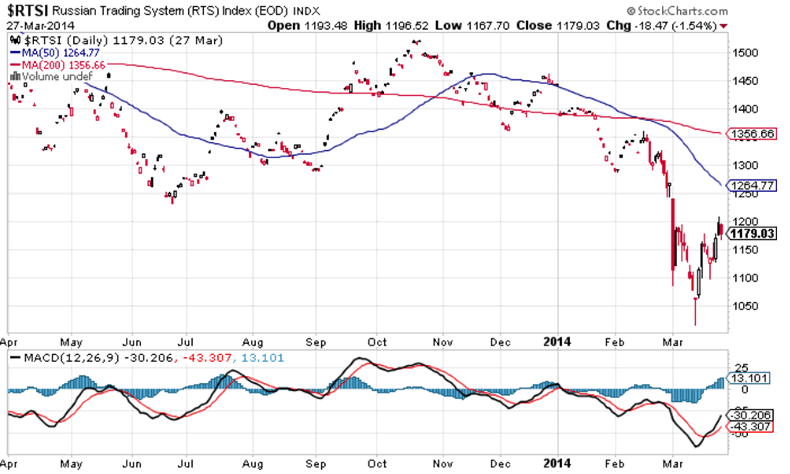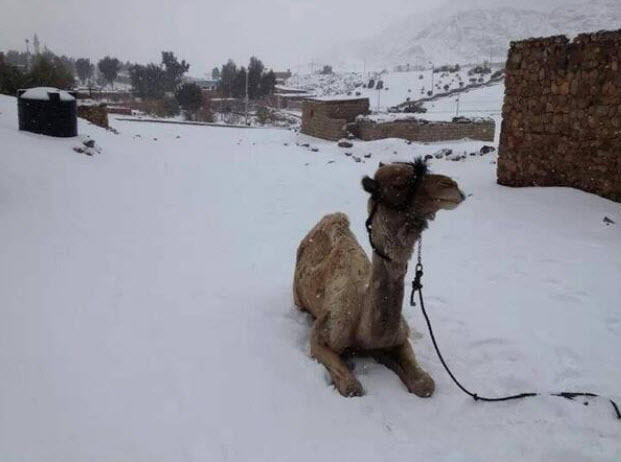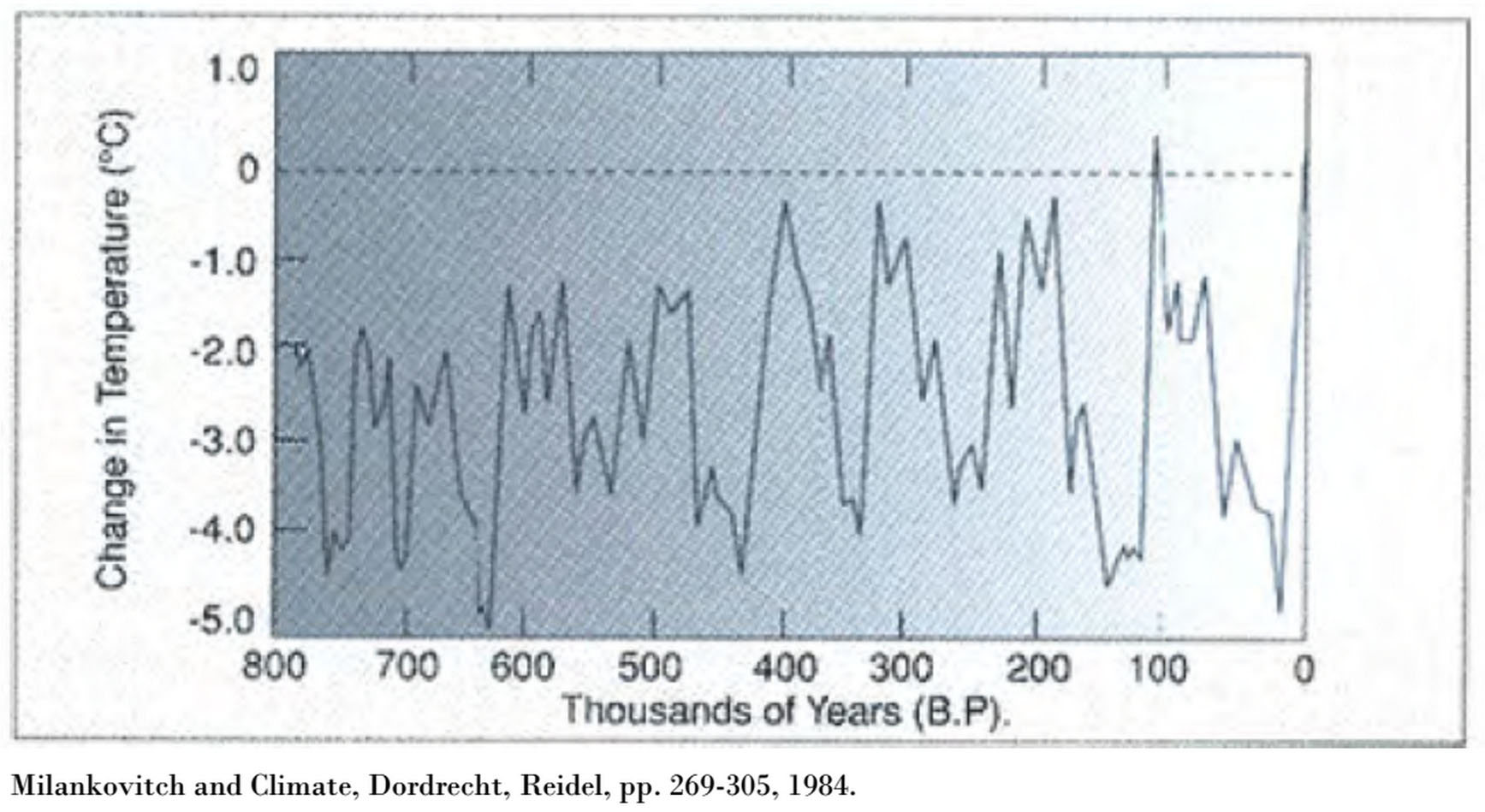“William Patalon writes: There’s an old French proverb that says: Achetez aux canons, vendez aux clarions. That’s “buy on the cannons, sell on the trumpets.”
As a dyed-in-the-wool Contrarian investor, I’m a firm believer in the precept. In fact, back in the late 1990s, when New York money manager Anthony M. Gallea and I penned our book Contrarian Investing: Buy and Sell When Others Won’t and Make Money Doing It, one of the opening lines was “Gloom makes us glad.”

Bad news, you see, can create some of the biggest profit plays that you’re going to find. Most retail investors just about stampede their way out of “bad-news” stocks. Those stocks get hammered down to ridiculously cheap levels.
For shrewd investors, this kind of situation creates a double-barreled winner because:
- Well-chosen “bad-news” stocks can often recover their way to their former highs, meaning you have a built-in profit that you don’t enjoy with most other stocks.
- And, believe it or not, you also often face lower risks – since “bad-news” stocks have reached severely “oversold” levels. That means that the risk of additional downside moves has been minimized. This kind of terrific “high-reward/low-risk” stock can be the best kind of Contrarian play to find. And the best kind of “bad-news” stock to find is one where “external events” (those not related to the company’s own operations or businesses) are the culprit behind the sell-off.
Now you see why I spend a lot of my time perusing the headlines and getting the “story behind the story” with some of the world’s scariest news headlines.
You see, I know that, hidden in the “background noise,” are some huge potential profits.
That’s why I often look at the biggest negative news stories out there – and then look behind the headlines to see all the appealing investments the bad news is creating.
And right now, one of the splashiest “bad-news stories” you’ll find is Russia…
And all that stuff about Ukraine, the Crimea, and Vladimir Putin has investors just about trampling one another to get out of Russian stocks.
And that’s a big mistake.
In fact, Russian stocks – especially Russian tech stocks – offer some of the biggest profit opportunities we see today.
And there’s one in particular that offers a massive potential upside.
And, best of all, it’s a tech stock.
And since it is a tech stock, I called in our resident tech expert, Radical Technology Profits Editor Michael Robinson. I often consult with him in my Private Briefing column.
And so you can reap the maximum benefit from our discussion, I’m offering a partial transcript of the interview that I conducted with Michael late last week:
A Conversation with Michael Robinson
Patalon: As you know, Michael, I’m a longtime Contrarian. And there’s an old French proverb that tells us to “buy on the cannons, sell on the trumpets.”
So when I see what’s happening in Russia right now, I can’t help but wonder if it isn’t perhaps worth a look.
Late last week, for instance, a White House spokesman was quoted as saying: “I wouldn’t, if I were you, invest in Russian equities right now.” When I see someone in a position of authority telling everyone that something isn’t an investment… well, that gets me reallyinterested. So let’s take a look at Russia as an investment play. And Michael: Let’s get into your wheelhouse… technology.
So let me start by asking you a basic question: What’s happening in Russia, and why is that scaring investors?
Michael: The media, of course, is focused on what’s happening in Ukraine and the Crimea, which Russia just annexed. It’s one of the most significant changes to Europe’s political map since the fall of the old Soviet Union.
But the real threat of an ascendant Russia isn’t just political – it’s about the shifting balance of power with a nation that has vast deposits of oil and gas. The fear is that Russia could become so energy-dominant that it could dictate political decisions to the rest of Europe.
I don’t think that’s going to happen, but you’ll notice that Germany’s [Chancellor Angela] Merkel has had a thing or two to say lately about [Russian leader] Vladimir Putin. She has a good reason to be worried: Germany gets 35% of its oil and gas supplies from Russia.
Unfortunately for Russia, this development is obscuring the fact that the country is working double-time to transition from an economy based solely on energy to one that is also high-tech, particularly in areas related to computing, where Russia has traditionally lagged the West.
That’s heady stuff, Michael. What has all of that done to the shares of Russian-based companies, and why?
Quite frankly, it’s been a disaster. But savvy investors can profit from all that fear out there. Wall Street is worried because Russia is such a huge and powerful country. In particular, the Street is down on Russia right now. S&P just downgraded the nation, citing geopolitical risks and the fear of sanctions from the West.
As a result, Russian stocks have generally been getting hammered. To keep the data clean and discrete, I ran the charts over the last three months. In that period, energy giants Gazprom OAO (OTC: OGZPY) and CNOOC Ltd. (ADR) (NYSE: CEO) are both off more than 18%. The steel companyMechel OAO (ADR) (NYSE: MTL) is off 24%.
Let’s turn specifically to tech… I’ve said many times that I consider you to be one of the very best tech-newsletter gurus in the market today. Tell us about Russia’s tech sector. Is it vibrant? Are there areas of specialization? Is there a “Silicon Valley” equivalent, like you have here in the U.S. and in countries like Israel and India?
Great question. To understand what’s happening with Russian tech today, you have to go back to the old Soviet Union in the Cold War. This is where I have an advantage over other tech analysts.
Fact is, I’ve been following this area for nearly 40 years. My Dad was the senior military editor at Aviation Week & Space Technology, and he covered the Soviet military and aerospace industry. It’s a subject that he and I have been talking about since I was in high school.
The Soviets/Russians actually had some great science and technology in areas like missile warheads and rocket boosters, aerospace engineering, and the electromagnetic pulses that can knock out electronics.
And let’s not forget that the U.S. space program right now relies heavily on Russian rocket booster tech – without which we would have no way to get our astronauts to the International Space Station (ISS).
As someone who grew up following the Apollo space program, I have to say that’s pretty fascinating stuff, Michael.
It really is pretty amazing.
So what about Russia’s tech sector?
Having said all that, there is no equivalent of Silicon Valley in Russia today, though the government is working to start one up. See, the old Soviet Union intentionally scattered their technology around the nation, putting them into nondescript “science cities” that literally were not on any map.
The scientists in those hamlets had little contact with the outside world. But they were motivated to make breakthroughs because they wanted to compete with the Americans – and they didn’t want to get shot or go to a work camp.
But that would seem to leave Russia with a problem… in that there’s no concentrated area that has the kind of high-tech “critical mass” that we enjoy here in the United States.
That’s exactly right, Bill. But in the last decade or so, entrepreneurs have been ramping up. And the Russian government wants to invest hundreds of millions of dollars – if not much more – into that nation’s version of Silicon Valley……”
Full article
Comments »








